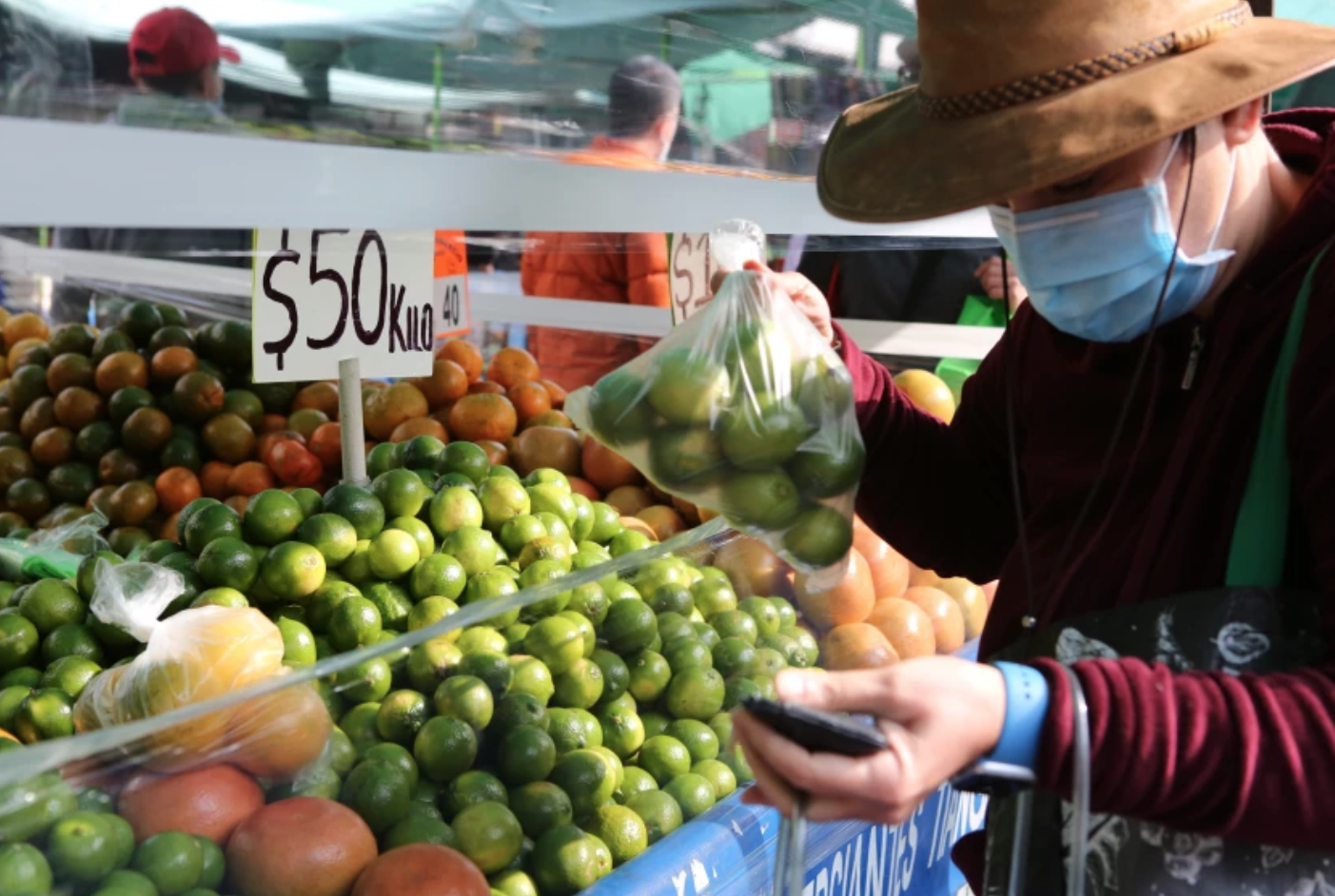In July 2022, the National Consumer Price Index (NCPI) had an annualized variation of 8.15%. It was the highest rate in Mexico in the 21st century. Price increases in products present notable differences, both among those with high volatility and those that register seasonal behaviors or depend on administrative measures on behalf of governments, as well as for the rest of the goods and services. The sustained increase in products of various economic branches is characteristic of inflationary processes. This is because the price-setting capacity of the various economic activities is markedly different.
Inflation is present in many economies. In the United States, the annualized increase was 8.5% in July, while in the eurozone, the CPI had an annual increase of 8.6%. The fact is that trade between economies fuels it. The most notable example globally is the behavior of crude oil, natural gas as well as electricity and gasoline prices.
The prices of these commodities, whose futures markets have considerable financial placements, are registering notable increases that have been accentuated in light of Russia’s invasion of Ukraine. The prices of basic grains have also risen significantly, which is also linked to the war conflict. There are other factors related to production conditions derived from the pandemic and that continue to influence price increases, such as the production and commercialization of semiconductors (microchips). In North America, this is a more complex problem due to the worsening differences between the U.S. and China.
Facing this complex scenario, Mexico’s authorities have taken measures to address inflation on two fronts. Considering that the sharp increase in the CPI is the result of higher demand that includes an excess of credit, or at least an inadequate interest rate level, the Central Bank has been increasing the overnight interbank interest rate (reference rate) for months now.
In December, the Bank of Mexico decided to increase the monetary policy rate by 0.5%, and similar increases were made thereafter. In June and August, the Bank applied a 75 basis-point increase in each month, bringing the reference rate to 8.5%. Banxico’s Board of Governors considers that this monetary policy action is essential to ensure that inflation converges with the 3% target in the first quarter of 2024.
The increase in the reference rate implies an increase in the borrowing costs of public debt, in securities such as Treasury Certificates. In November 2021, the average monthly yield of these 28-day Treasury Certificates was 5.05%. In March, it was 6.31%, and, in July, it reached 7.76%. The 91-day CETES paid 8.53%.
The various economic activities are being affected unevenly, and as a result of these measures, many of them negatively. Moreover, the gap with the reference rate in the U.S. persists, which is a reason for non-residents to keep their holdings of debt securities in the Mexican market.
In a different direction, the federal government decided in May to implement the so-called Package Against Inflation and Dearth (PACIC), which considers production, distribution and foreign trade, and involves business and society sectors. The federal government estimates its contributions at 1.4% of GDP. It includes subsidies on gasoline prices, domestic electricity and a series of actions aimed at improving food security.
The core of the government’s actions include social programs such as Sembrando Vida (Sowing Life) and Producción para el Bienestar (Production for Well-Being). For instance, the Fertilizer Program involves the delivery of fertilizers to small-scale farmers. The selected states are Chiapas, Guerrero, Morelos, Puebla and Tlaxcala and the priority crops are corn, beans, rice and others of high social or economic impact in the region.
The government supports the maintenance of tariffs and tolls and has made improvements in the administration of customs and seaports, and has temporarily eliminated tariffs on imports of basic products and strategic inputs. It was also agreed with a number of producers and distributors to reduce price increases for a group of 24 products that comprise the country’s basic goods basket.
During the presentation of the program’s evaluation in July, Rogelio Ramírez de la O, Mexico’s Secretary of Finance, stated that its implementation prevented higher inflation, which would have been above 10%, according to his estimates. Meanwhile, the results in terms of increased production of basic grains, gasoline production and different management of electricity generation will not be achieved this year.
The largest price increases observed have been in agricultural products (16.05%) and food, beverages and tobacco (12.09%). Among the lowest increases are energy and government-authorized tariffs, with 4.76%; and housing and education (tuition) with 4.9%.
Overall energy prices have implied a lower increase in the CPI. However, the strategy applied by the federal government has not had a similar result on food prices. Nor are there any other actions by the federal government that would immediately reduce inflationary pressures. In addition, investment continues to stagnate and the measures taken by the Central Bank have not yet generated conditions to modify its performance.
Finally, although some sectors will continue to receive transfers from the government, wage negotiations are having increases equivalent to or below the increase in the NCPI, and there are no new investment projects that would favorably modify the conditions of employment and salaries. For most of the population, no good news is expected in the short term.
Translated from Spanish by Ricardo Aceves











